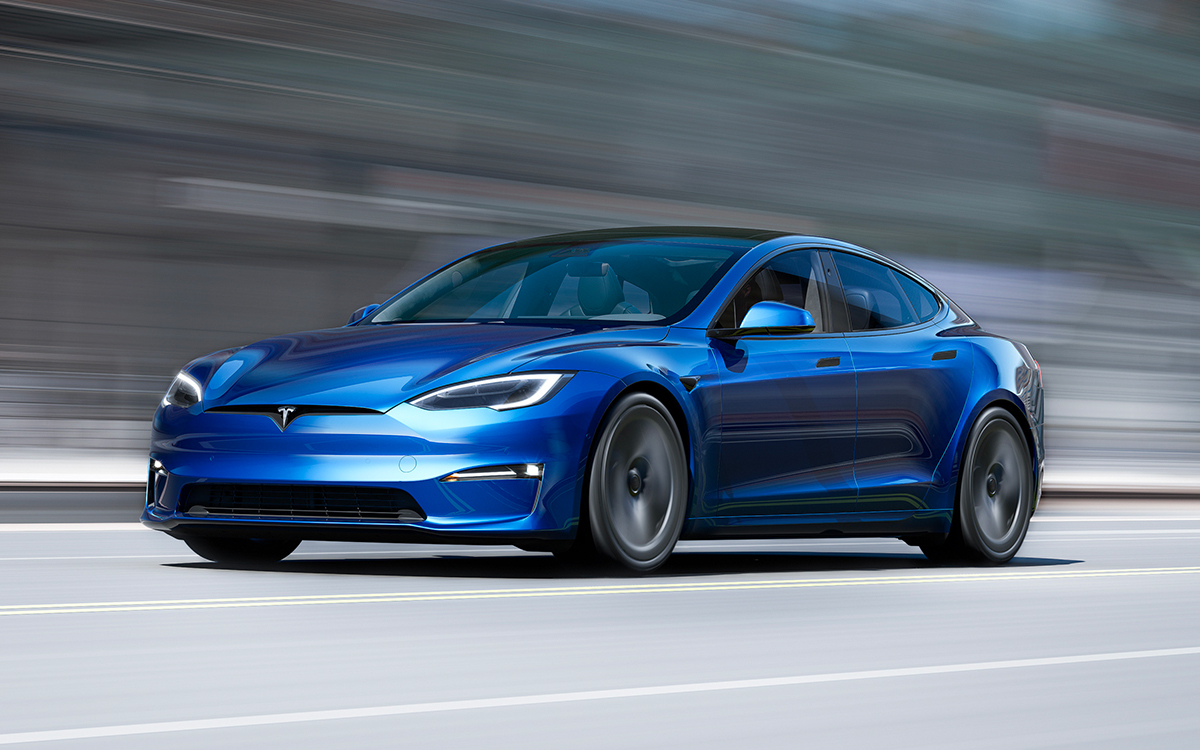What parameters does Tesla use to calculate the expected remaining battery after a trip? The manufacturer lifts the veil on this question by listing all the criteria taken into account for its vehicles.

L’autonomy of an electric vehicle, this is hardly the crux of the matter. Just like for thermal cars elsewhere. Knowing how far our automobile can take us allows us to plan your journey more calmly, without worrying about breaking down in the middle of the highway for example. On Teslas, when you enter your destination into the central system, the latter displays the battery time you should have left once you arrive. Practical, but still an estimate.
Read also – The Tesla Model 3 Highland buries the old models on the consumption side
The figure displayed is of course the result of a calculation based on numerous criteria. Moreover, the manufacturer regularly adds more in order to further refine the forecasts. It is easy to implement as it is done via a updating the on-board navigation software. However, it is not necessarily easy to know exactly what is taken into account in the calculation, which can be useful to understand certain differences noted between displayed values and reality.
Here is the list of criteria allowing Tesla to display the expected remaining battery once at its destination
On X (Twitter)Tesla shared all the criteria taken into account in calculating the remaining battery time after a trip. They are quite numerous:
- Strength and direction of possible side and contrary winds
- Humidity
- Ambient temperature
- Road elevation
- Average traffic speed
- Average acceleration/deceleration speed
- Atmospheric pressure
- Cloud cover
- Solar charge (the strength of the sun’s rays)
- Initial battery percentage
- Initial battery temperature
- Total combined vehicle weight
- Rolling resistance (for example if you ride on gravel or a dirt road)
- Aerodynamic drag coefficient
- Energy consumption due to heating, ventilation or air conditioning
- Tire pressure
- Specific energy consumption (presence of a bicycle rack or other)
- Battery preconditioning
As you can see, it’s quite comprehensive. This desire to be as accurate as possible can be understood when we remember that Tesla has often been accused of inflating the autonomy of its vehicles, to the point of being sued.
Source: Electrek
